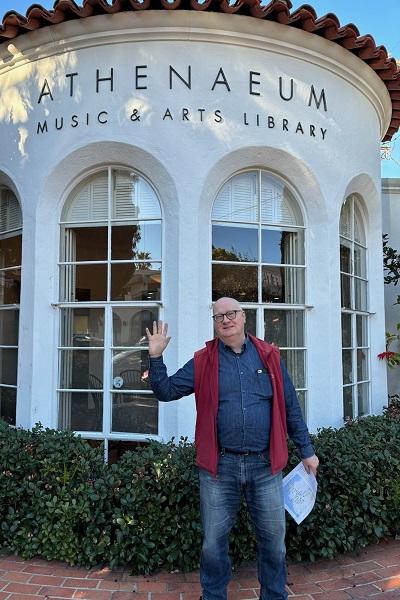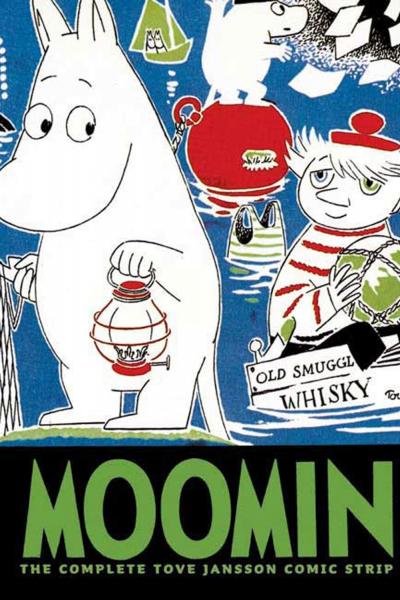The War of 1812 was a military conflict fought between the United States and the British Empire. This war is frequently overlooked as it falls chronologically between the American Revolution and U.S. Civil War.
The United States declared war for several reasons, including trade restrictions because of Britain's ongoing war with France, and British support of American Indian tribes against American expansion. The British at first used defensive strategy, repelling multiple American invasions of the provinces of Upper and Lower Canada (present day Ontario and Quebec ). The Americans seized parts of Western Ontario, control of Lake Erie, and they destroyed the dream of an Indian confederacy. After Napoleon’s defeat in 1814, the British adopted a more aggressive strategy, whereby they captured and burned Washington, D.C. Subsequent American victories held back British invasions in New York, Baltimore, and New Orleans.
The war was fought on several fronts. Warships of both sides attacked each other's merchant ships. The British blockaded the Atlantic Coast of the United States. Both land and naval battles were fought on the frontier that ran along the Great Lakes and the St. Lawrence River.
At the end of the war, both sides occupied parts of the other's territory. In the United States, the various battles inspired the lyrics of "The Star-Spangled Banner”. Canada also emerged from the war with a heightened sense of national feeling and solidarity, having repelled multiple American invasions.
The Civil War of 1812: American Citizens, British Subjects, Irish Rebels, & Indian Allies by Alan Taylor. The Pulitzer Prize-winning author/historian tells the story of a war that redefined North America that was essentially a struggle over the legacy of the American Revolution. The author shows how leaders on both sides fought to control their diverse peoples. Americans were divided as Loyalists and Patriots fighting on both sides of the war, as were Irish immigrants and native peoples. This work is a vivid narrative that of a brutal war, fought in a northern land of immense forests, and significant seasonal changes in the weather, expounding the tangled origins of the United States and Canada.
[syn=9780060531133]1812: the War that Forged a Nation by Walter R. Borneman (973.52 B736) provides a sweeping narrative that emphasizes America’s coming of age as a nation. The underlying theme of the book is that the United States “cast aside its cloak of colonial adolescence, with both humiliating and glorious moments, and found the fire that was to forge a nation” in the author’s words. The author describes how the young American navy proved its mettle, ultimately chasing the British from Lake Erie. Stories of commanding generals such as Andrew Jackson are presented, along with individuals caught up in the war inadvertently.
[syn=9780743226189]Union 1812 : the Americans Who Fought the Second War of Independence by A. J. Langguth (973.52 L27). In this vivid retelling of the War of 1812, with rich historical detail, the author provides the reader with colorful portraits not only of players such as James Madison, Tecumseh, and Andrew Jackson, but also of revolutionary heroes including the first three U.S. presidents, i.e. Washington, Adams, and Jefferson. This book shows how the United States tested its ability to set aside political differences and survive the major confrontation, really the final war of independence that secured self-determination of the United States from Europe.
[syn=9780806140780]The War of 1812 in the Age of Napoleon by Jeremy Black (973.52 B627) is a dramatic account of the war framed within a wide political and economic context, covering both diplomatic and military events. The author offers interesting insights into the effects of the British blockade, and how the conflict fit into British global strategy. This work includes plenty of observations that situate this war on the international stage.
Don't miss these additional titles!
[syn=9781843836650]How Britain Won the Wart of 1912: the Royal Navy's blocades of the United States, 1812-1815 by Arthur (973.52 A788)









